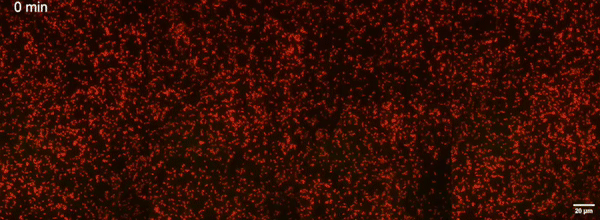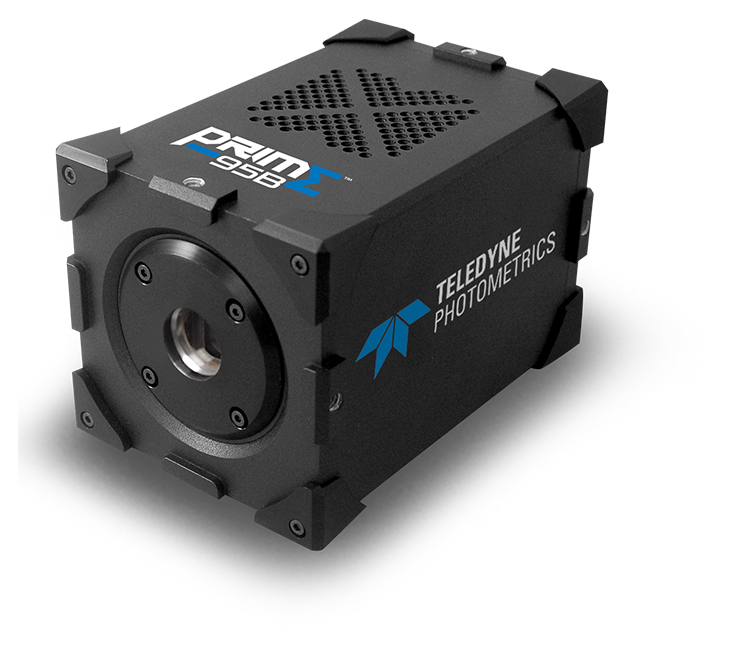Prof. Fan Jin
Dr. Shuai Yang
Shenzhen Institute of Advanced Technology (SIAT), Chinese Academy of Sciences, Shenzhen, China
Background
Bioprinting is an increasingly applied technique that facilitates the precise placement of biological substances – such as living cells, DNA, proteins, and growth factors – for the computer-aided fabrication of biologically
active materials with a prescribed organization.
Prof. Fan Jin’s group in SIAT is engaged in synthetic biology. One of their main research interests is the precise regulation of bacterial phenotype at the single-cell level and its application in synthetic biology. They have developed a new bioprinting strategy for dense bacterial communities with a prescribed organization on a substrate. Using a combination of optogenetic tools and microprojection, they could directly manipulate the cyclic dimeric guanosine monophosphate (c-di-GMP) levels in single Pseudomonas aeruginosa cells, which allows the living bacteria to form patterned biofilms following prescribed illumination.

Challenge
The illumination intensity in bioprinting is low in order to reduce photobleaching, therefore it asks for a camera with high sensitivity to achieve a high signal-to-noise ratio. In the initial experiments of their previously published paper (Huang et al. 2018), they used an EMCCD camera for imaging. Due to the decay of EM gain, they found the signal-to-noise ratio decreased over time and they needed to calibrate their EMCCD regularly to ensure quantification accuracy. In addition, the small field of view and large pixel size of the EMCCD also presented problems.
The most amazing thing is, although we have known about the high quantum efficiency of Prime BSI, we are still impressed by its perfect sensitivity in low light imaging.
Solution
Being attracted by high-quality images in the relevant literature, Prof Jin’s group decided to look into the Teledyne Photometrics Prime BSI back-illuminated sCMOS camera.
Dr. Shuai Yang, an assistant research associate from Prof. Jin’s lab, highly appreciates the extremely high quantum efficiency of Prime BSI. Without the influences of excess noise factor and gain decay, they could consistently get images with a high signal-to-noise ratio. Dr. Yang told us: “The most amazing thing is, although we have known about the high quantum efficiency of Prime BSI, we are still impressed by its perfect sensitivity in low light imaging”.
The Prime BSI has a 6.5 μm pixel, which results in a greater spatial resolution under 60x magnification compared with the previous EMCCD solution (13 μm pixel). At the same time, the larger field of view of the Prime BSI massively increased the number of cells in one acquisition, shortening the time of the entire experiment.
Additional Information
Yajia Huang, Aiguo Xia, Guang Yang and Fan Jin (2018) Bioprinting Living Biofilms through Optogenetic Manipulation, ACS Synth. Biol. 7, 1195−1200.
Lab Link: http://jin.isynbio.siat.ac.cn/wordpress/?p=464

